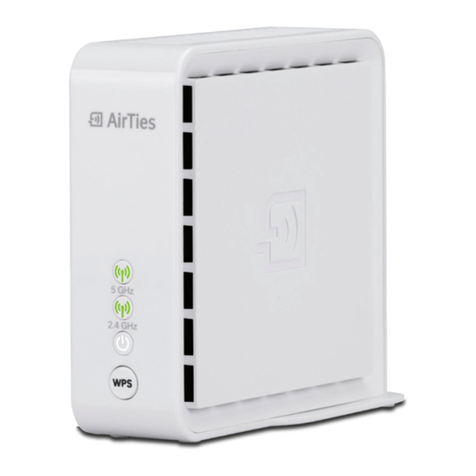1.Introduction...............................................................................................1
1.1.Main Features........................................................................................2
1.2. Minimum System Requirements........................................................2
1.3. Package Contents...............................................................................2
1.4. Top iew...............................................................................................3
2. Connecting the Cables............................................................................3
3. Preparing For Installation....................................................................4
3.1. Assigning a local IP address to a computer that is running WindowsXP.....4
3.2. Assigning a local IP address to a computer that is running Windows98......5
3.3. Assigning a local IP address to a computer that is running Windows2000.....7
4.1. IP Settings...........................................................................................8
4.2. Wireless Network...............................................................................9
4.2.1. Wireless Settings...............................................................9
4.3. Setting the Operating Mode...............................................................10
4.3.1. Configuring the AP-301 as an Access Point...................................11
4.3.2. Configuring the AP-301 as a Repeater...........................................12
4.3.3. Configuring the AP-301 as a Bridge............................................14
4.4. Wireless Security Settings....................................................................15
4.1 WPA Security Settings...................................................................15
4.4.2 WPA2 Security Settings................................................................16
4.4.3 WEP Security Settings...........................................................................17
4.5. Access Control..................................................................................18
4.6. Management.......................................................................................19
4.7.Tools....................................................................................................20
4.8. Reset.................................................................................................20
5. Technical Specifications..........................................................................21
6. Physical Specifications............................................................................21
TABLE OF CONTENTS
































